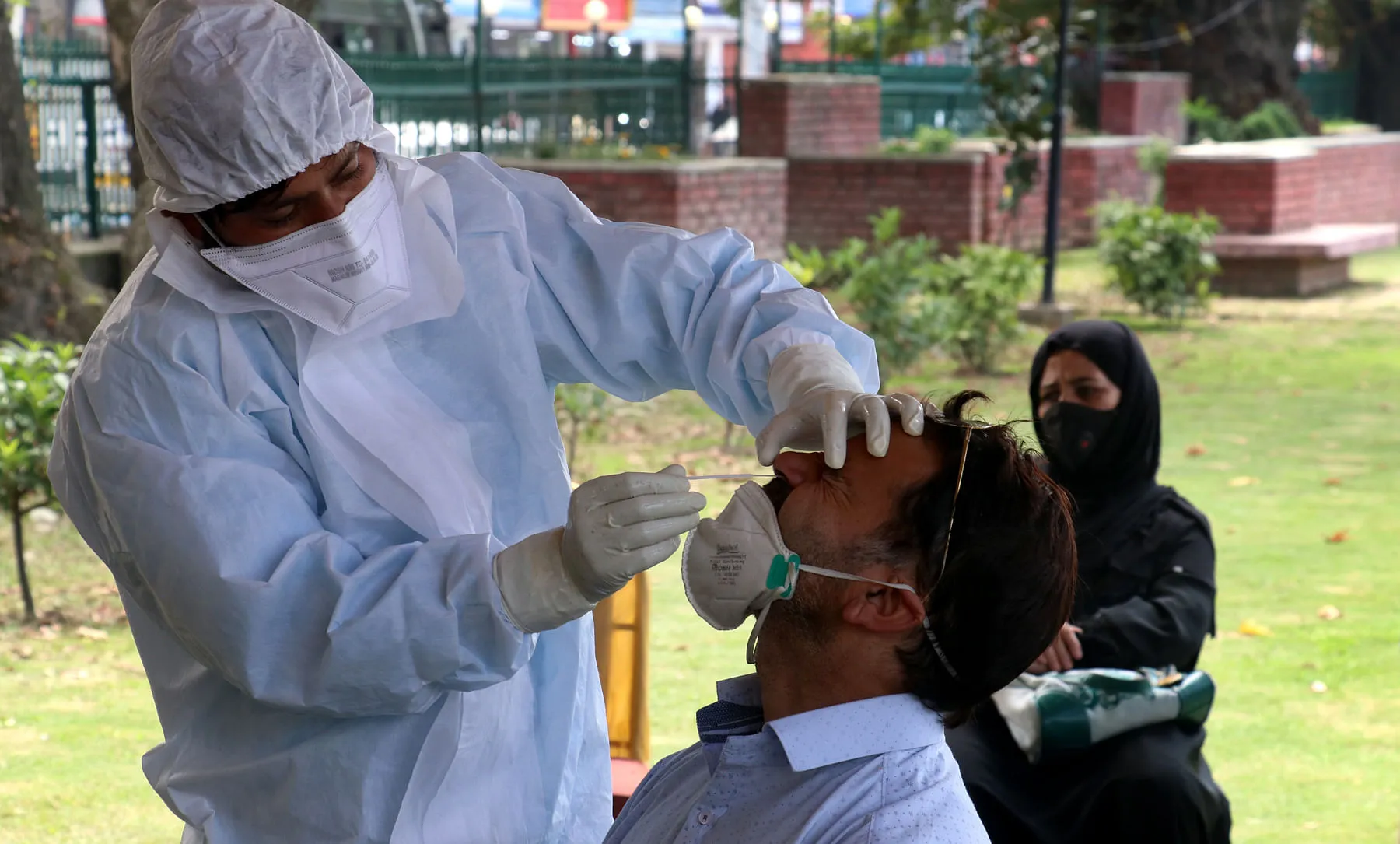2020 will be remembered as the year of disease and despair, extraordinary challenges and fumbling responses as COVID19 ravaged across the globe, J&K being no exception.
With a population of 12 million, J&K was able to achieve one of the highest per million test figures in India. Over 3,20,000 people in every million were tested in J&K.
Till 30 December, 1,20,744 people were confirmed to be infected by this respiratory virus in J&K; in terms of absolute numbers not a very high one, but a significant 10,000 cases per million. However, beyond these numbers, the 10-month pandemic period saw new challenges on every front.
In March 2020, when lockdown was imposed across India, the roads and lanes in Kashmir were covered with barbed and razor wires overnight. Curfew was imposed and movement of people barred something akin to the curfews that Kashmir had witnessed for decades.
Sudden announcement of suspension of all transport services led to chaos. While thousands of people returned from different parts of the country and abroad, they were shocked to find that J&K government’s quarantine guidelines were “different” from that of GoI.
Weeks of distress followed for the quarantined and their families. Surprisingly, hundreds fell through the chinks in the system resulting in reports of infection from every corner.
On 26 March, with the first COVID19 death confirmed in the UT, a number of infrastructural, logistical and social issues related to the pandemic stared people in the face. Kashmir found itself struggling with the decisions of who to quarantine where. Soon, hospitals, based on their facilities, were categorized and designated for various services of COVID19. They started filling up with contacts of confirmed COVID19 cases. Patients suffering from ailments that were not COVID19 had nowhere to go.
Despite rigorous steps of J&K government that many criticised for being “over-the-board”, the UT suffered gravely with deaths and widespread infections caused by SARS-CoV2. The year saw over 1880 deaths among the 1,20,000 people confirmed to be infected with COVID19 in J&K, with Kashmir suffering worse than Jammu in terms of numbers.
Mid-September saw the highest number of cases being reported in Jammu and Kashmir divisions both. On 12 September 1686 people tested positive in J&K, the highest tally for any day. From there onwards, the cases started dropping sharply up to second week of October. The curve took the downward trend up to mid December, slanting faster since then.
Many doctors in Kashmir have attributed the lowering of cases to the rise in sero-prevalence in Kashmir. As per a sero-study carried out in November, nearly 40 percent people in Kashmir division had developed antibodies against the virus. In addition, 20 percent of people, who had been infected and had recovered, had “no antibodies”.
Together, in the beginning of November, when samples had been collected for the sero-study, at least 60 percent of Kashmir’s population, the survey data reveals, had been infected and had recovered.
Meanwhile, preparations for the COVID19 vaccine started in India and in J&K and the possibility of having access to the ‘shot that shields’ from the virus brought cheer across the strata of people.
However, at a time when the hope of the vaccine and the reduction of new cases had begun to sprout in Kashmir, in the past two weeks, the threat of the new variant being reported in Europe and now in India has been emerging as a concern.
The J & K Government is now amid a situation where it has to devise a strategy to safeguard the UT from another challenge. 2021 starts on that note.






